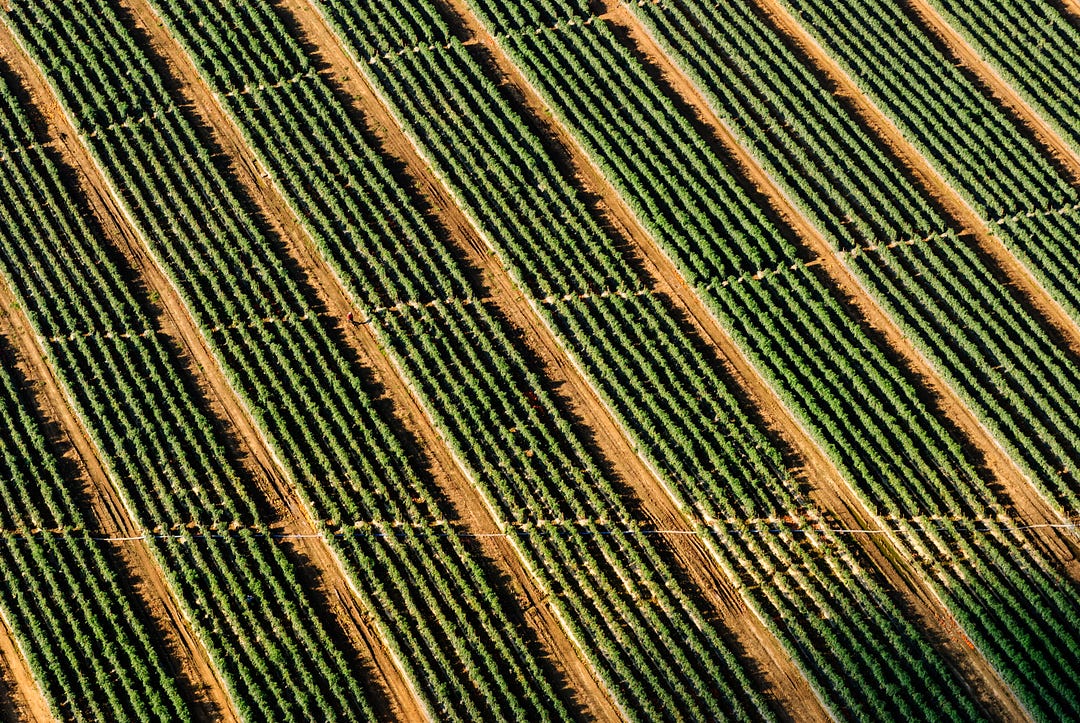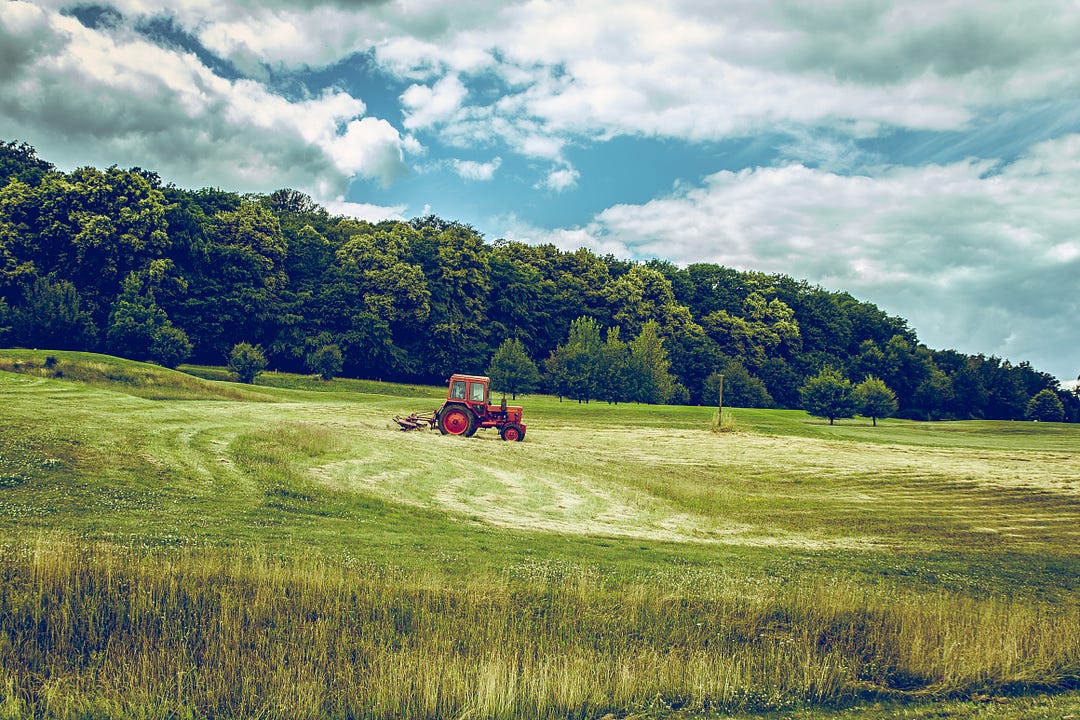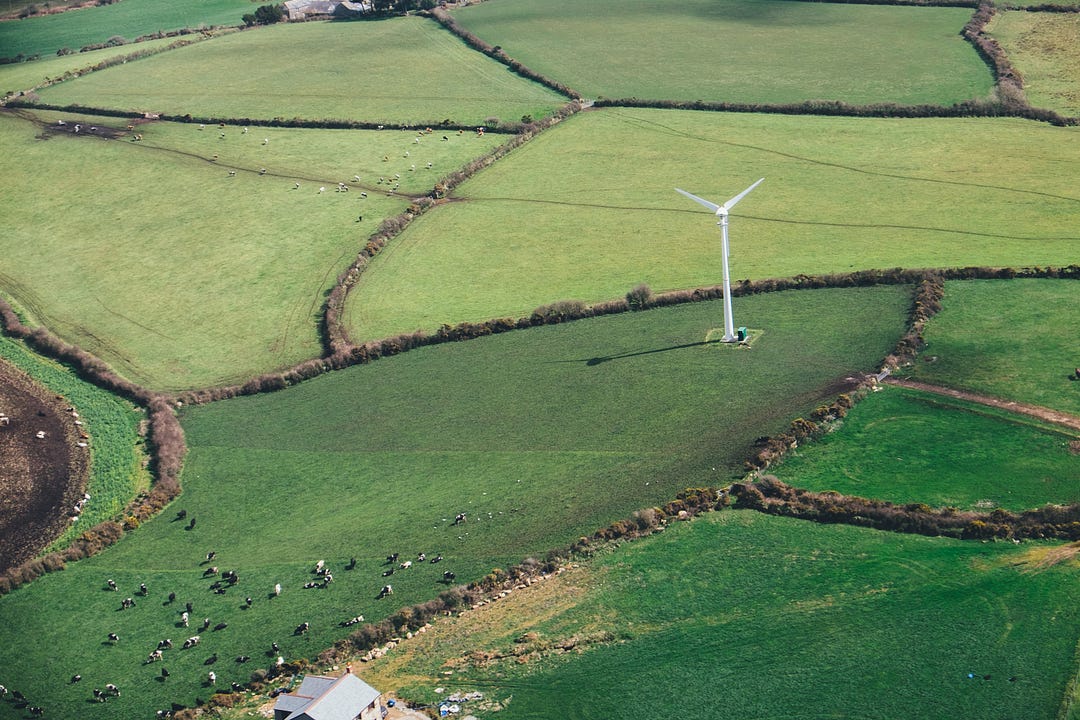Smart Agriculture is More Than the “Internet of Cows”
Smart Agriculture is More Than the “Internet of Cows”
- Last Updated: December 2, 2024
Guest Writer
- Last Updated: December 2, 2024



Sustainable Food Supply
The oldest profession in the world (or the second oldest, depends on who you ask) is in for a makeover with IoT technology.
Smart farming, an extension of precision agriculture, can increase total yield by up to 5% and total profits by up to 20%.
In precision agriculture, “Internet of Things” devices, global positioning and new technologies are used. Their job is to measure and respond.
With this, we might be able to tackle the challenges of the future in enhancing how we produce and manage food.
We are looking into:
- The cultivation and harvest of grains, vegetables, and fruit
- Livestock such as cattle, sheep, pigs, and chickens
Smart Agriculture Challenges
Growing Food Requirements
As the global population is set out to increase, the total food requirements are likely to follow. The growth estimate for farming lies at 70% by 2050.
The main drivers are the population growth and the rise of average calorie intake. The increase of average calorie consumption lies at 10% (2010–2050).
Fewer Experts
A big challenge for the agriculture industry these days is the low profitability and industry attractiveness. This causes a shrinking number of experts, on whom the traditional agriculture depends on.
Low Efficiency
The cultivation of grains and vegetables suffer from inefficiencies in farming. One of the main causes is a of information and predictability. This leads to a loss of product, waste in irrigation, fertilizing, and pest control. With fewer experts in the field, results become more reliant on the skills. The environmental impact caused by the use of consumables and resources to be considered and minimized.
The keeping of livestock aims to realize yields in milk, wool, eggs, and meat. Specific challenges are the overview of livestock health. Otherwise, the spreading of diseases and lower fertility are possible results. Also, the strain on livestock needs to minimized for best yield and low mortality.
High Yield Risk
A general risk are the long periods between seed and harvest or birth and slaughter. During this time price fluctuations for the product are likely to occur. With the resulting uncertainty the future payout and profit is subject to risk.
If, at the time of sale, the price for cattle is lower than expected, the farmer is subject to a lower margin. The planning accuracy suffers from incomplete information and uncertainty.

Solutions
Farming accuracy is the result of the use of connected devices and new technologies. Benefits include:
- Enhanced efficiency
- Optimized yield
- Higher planning accuracy
This leaves a higher profitability for agriculture, increases industry attractiveness, and provides tools to better handle future challenges.
[caption id=" align="aligncenter" width="1080"]

1. Grains, Fruit & Vegetables
Scouting
Scouting of land is an important factor in success in agriculture. For example, farmers need to think about how to position crops, how to rotate, when to seed and harvest. During growing season, scouting helps to coordinate fertilizing, irrigation, weed and pest control.
Data Sources
Satellite, plane or drone-based imaging technologies use visual scanning: Satellite imaging gives an image resolution of 0.5–10m. Drones, or “RPAS” (remotely piloted aerial systems) deliver up to 2–10cm image resolution.
The cameras deliver imaging in thermal, infrared and visible spectrum. Steve blank’s post about practical use of hyper spectral cameras and customer value is a great example.
A high scanning speed of up to 1000 acres/h makes RPAS suitable for large scale agriculture. They can gather data on moisture level, weeds and chlorophyll content in plants.
In-ground sensors can be installed at fixed locations or they can be attached to vehicles. Typical vehicles include smart tractors or “agri-bots” (ground based unmanned vehicles). Soil sensors can detect electrical conductivity, moisture, radiometric, and pH data. Fixed sensor installations can also include acoustic technology to monitor for larger pests.
The data pool can include more data sources such weather forecasts and climate data. An added benefit can come from interlinking data pools, for example, between neighbouring farms and with farming equipment providers.
Seeding
During seeding, the effectiveness of seeds can be enhanced with precise placement. The necessary field and soil analytics and can come from autonomous or guided agri-bots.
[caption id=" align="aligncenter" width="1080"]

Cultivation
During cultivation, lower manual labour effort can come from remote controlled and automated equipment. Modern farm equipment can also feature maintenance prediction to reduce the inspection effort.
An excellent fuel economy comes from guided tractors that are able to choose the most efficient routing. Also, the field monitoring ensures that tractors are only deployed when needed. With these techniques, one tractor manufacturer reported a decrease of 40% fuel consumption.
The reduction of water, pesticides and fertilizer consumption has an immediate impact. First, on the profitability, and second, on the environmental strain. Information about moisture level and weather predictions by zones are gathered.
Based on the situation, the irrigation becomes active (i.e. -20% water consumption in almond farm).
Orchards benefit from an adaptive amount of fertilizer and pesticide volume. Machine vision recognizes individual tree size and controls the dispensing, something called see-and-spray. With the use of agri-bots, hyper-local fertilizer placement becomes possible. This enables immense reductions in fertilizer consumption of up to 99.9%.
Additionally, agri-bots can also detect weeds and surgically remove them from the field. This requires less potentially harmful pesticides. The use of small agri-bots is also favourable when it comes to reducing soil damage. Roughly 80-90% of energy used in cultivation goes into repairing tractor damages to the field. The use of drones and low impact agri-bots (with route planning), reduces damages.
Harvest
Machine vision on agri-bots and tractors allows us to grade the food quality and safety. In pre-harvest control runs, this enables better yield prediction and harvest timing. During harvesting, the machine can issue quality alerts if it recognizes infestations. This reduces waste in sorting and the possible spread to other areas.
Smart tractors and self driving harvesters can be led by guiding systems, optimizing labour cost and effort. Due to their suitability for wide area farming, they are mainly seen in US agriculture.
The monitoring of food storage senses climate changes that could lead to mold. Additionally, pest monitoring could allow to act fast if mice/rats are detected. This ensures that post-harvest losses are minimized.
[caption id=" align="aligncenter" width="1080"]

2. Livestock
Vitality
The core sign of livestock health is their vital signs. Sensors like those from “smart health” products can check multiple or individual animals.
Applications for individual animal monitoring include:
- Outfitting pigs with acoustic sensors. These sensors recognize coughing and can give an indication for respiratory sickness in the livestock.
- Outfitting cattle with an acceleration sensor on their tails. This indicates their fertility and readiness to mate or to give birth. In a specific Applications, the sensor sends an SMS to the farmer. This reduces the mortality rate
- Using internal sensors for cattle. The temperature sensor remains in one of the cow’s stomachs. It is only activated if a temperature or pH anomaly is detected. This allows the farmer to immediately recognize sicknesses (such as SARA).
- Arial monitoring of chickens for activity. This information shows a possible spread of disease or the need to rebalance population density.
A trial of these technologies showed an increase of 60% in production and 10% in milk yield.
Herding
In some cases of wide area livestock, tracking the location of cattle or sheep is important. Location sensors and GPS aided tracking reduce the manual inspection effort.
Although some trials with drones for sheep herding, this application is not yet beneficial. Yet, in some cases it can support the tracking and location of lost animals. This cuts down on the search and retrieve time.
Handling
With the use of livestock data, the milking time and slaughter date can be forecasted and scheduled more precisely. This maximizes yield and reduces the strain on the livestock.
Another application of technology bringing higher yield with less strain are automatic milking machines. They allow cows to be milked when it choses to. In some cases this has shown to bring up to 10% milk increase and an increase in life expectancy.

Final Thoughts
When building and deploying solutions in the area of smart agriculture (or AgTech), the main inhibitions of the to-be end users need to be considered:
1) Not cost effective or too high up front investmentNot suitable for size or type of farm
Solution is too complicated
Written by Daniel Sontag, Product Manager for Connectivity and Digital Products at GEZE.
The Most Comprehensive IoT Newsletter for Enterprises
Showcasing the highest-quality content, resources, news, and insights from the world of the Internet of Things. Subscribe to remain informed and up-to-date.
New Podcast Episode

What is Software-Defined Connectivity?
Related Articles




